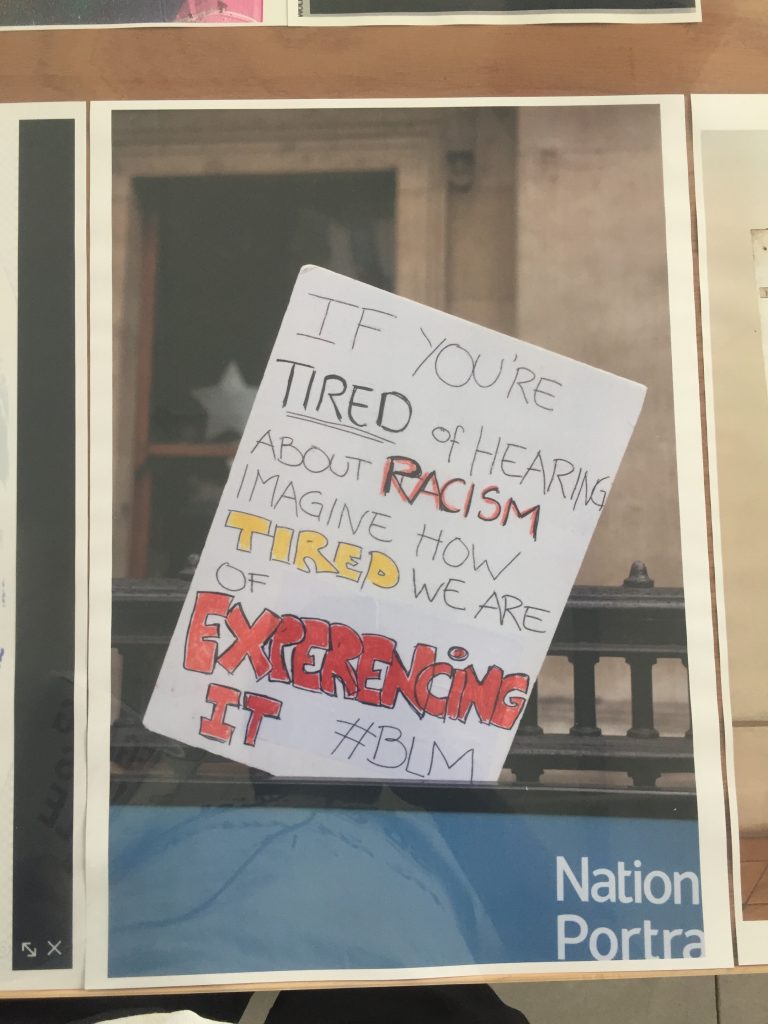LAGOS, Nigeria (VOICE OF NAIJA) – The public frequently questions the significance and relevance of contemporary art in light of the advent of radical forms of the medium.
Yet, art has always been shown to be significant throughout history, particularly now that so many people believe anything goes in terms of art. One could be inclined to respond “no” to this specific query. Nonetheless, there is genuine agreement that contemporary art is still relevant now when examining recent history. So why is contemporary art significant?
The historical significance of art is the first value we come across. Consider the various paintings depicting battles, uprisings, festivities, and other historical events to illustrate how they may capture a particular moment in time.
Consider works of art and photographs with historical events like the 1956 BOAC Argonaut crash at Kano Airport, which was caused by a thunderstorm and a sudden change in wind direction. Contemporary art continues to incorporate this historical value by using photographs of individuals who experienced its effects personally, a photograph captures the emotional impact.

The unique capacity of art to capture a particular Zeitgeist is a second facet of its historical value. A particular worldview and a historical style of thinking can be captured and depicted via art. Consider the futurists and their utopian ideas of the future of today as an example of how modern art was the embodiment of modernist conviction and belief in development. Postmodern art’s reaction to modernism’s hollow promises and the Nigerian Civil War have a similar tendency.
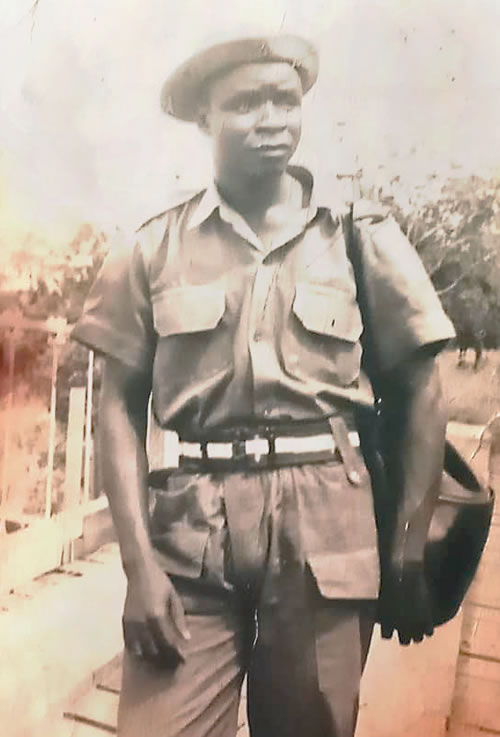
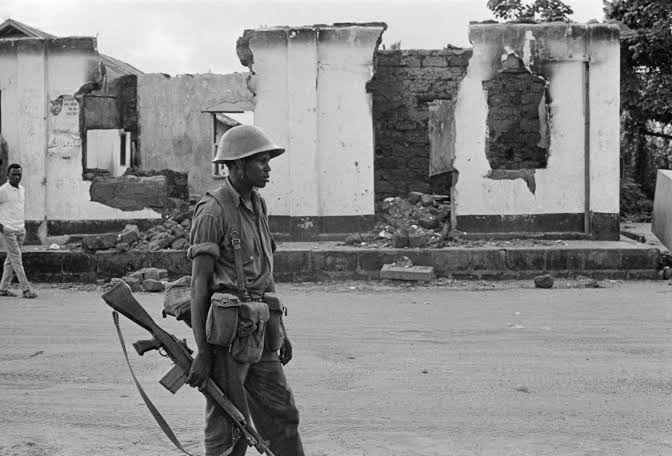
Consider the images taken by Pa Ositelu, also known as Born Photos, who covered the war and its aftermath during that era. Pa Ositelu was the photographer at the time when the fragmentation began to take shape, and modern art has enormous relevance from both a sociocultural and political standpoint. It is capable of challenging a specific political or ideological environment.
Moreover, artwork or photographs are employed as research tools, their audience and form serving as tools for raising awareness. This leads to a social discussion as society reconsiders its political situation or ideological stance.
The first case of Gideon Mendel is a prime illustration. AIDS was a problem that got worse from the 1980s to the early 2000s, especially in Nigeria and other African nations, despite the fact that the HIV epidemic seemed to be a thing of the past.
The finest image by Gideon Mendel shows a mother carrying her HIV-positive son.
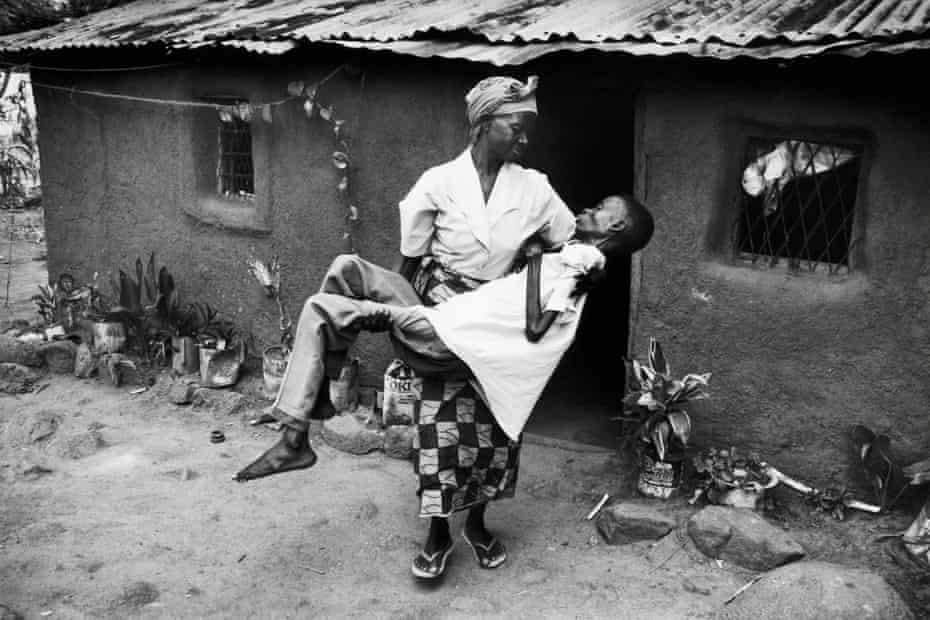
A second case is the use of this particular piece of art in 1993 for a non-violent protest in Ogoniland, Rivers State, a region of the oil-exploited Delta, as part of that protest astounded the world by successfully stopping Shell from drilling for oil there.
Shell has not returned despite harsh military retaliation from Nigeria and the massacre of hundreds of defenseless Ogoni people. We see a close connection between social activism and the arts.

Another is this superb example of race, which may be found in Kerry James Marshall’s work as well. Marshall challenges the exclusion of Africans by portraying them in a very distinctive and deep black.
Marshall explores racial and cultural history while commenting on the history and identity of black subjects who are left out of the canon of western art.
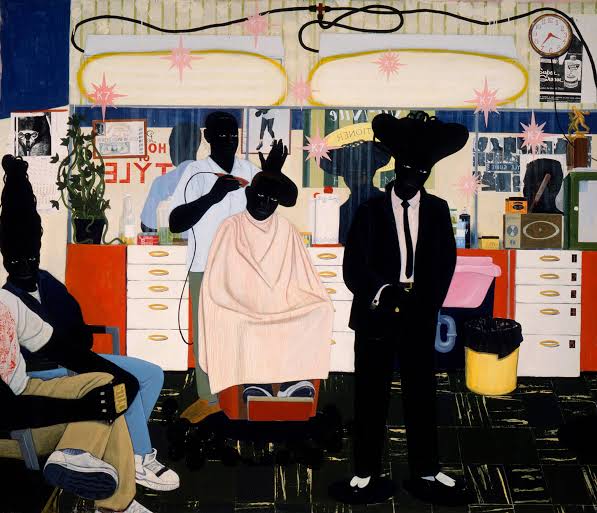
We wrap up our case studies with a topic that is very current: environmental activism and global warming. Many artists draw inspiration from global warming for their creative work. Likewise, they encourage their audience to take part in this debate by spreading awareness and even raising money.
Consider the Nigerian artist Fred Martins, who utilizes his work to evoke strong feelings in the audience and deliver a sobering message about climate change.

The societal value of art is the subject up next. It also involves challenging cultures and directions. It works toward achieving a better world.
Because of this, it has a very strong connection to social activism; consider contemporary realism, in which the artist challenges reality to reveal its situation to the viewer.
Examining sociocultural processes reflects the same attitude as chronicling reality.
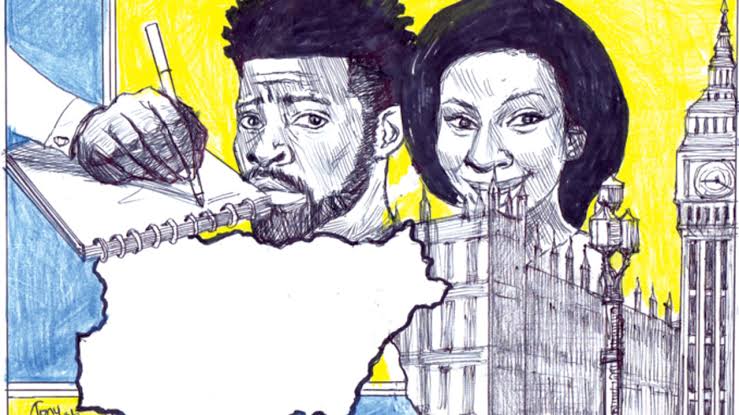
In addition, art has educational value. Along with other types of cultural expression, art is a tool for self-development. It allows one to develop personally by broadening their perspective on the world or even by discovering or developing their own point of view on a particular subject.
Contemporary art has been liberated from the so-called tyranny of aestheticism, but it still has an aesthetic value that gives us joy, amusement, or pleasure, depending on the situation.
We watch art because we enjoy it and are curious about its attributes, which can range from its aesthetic merits to its radical originality.
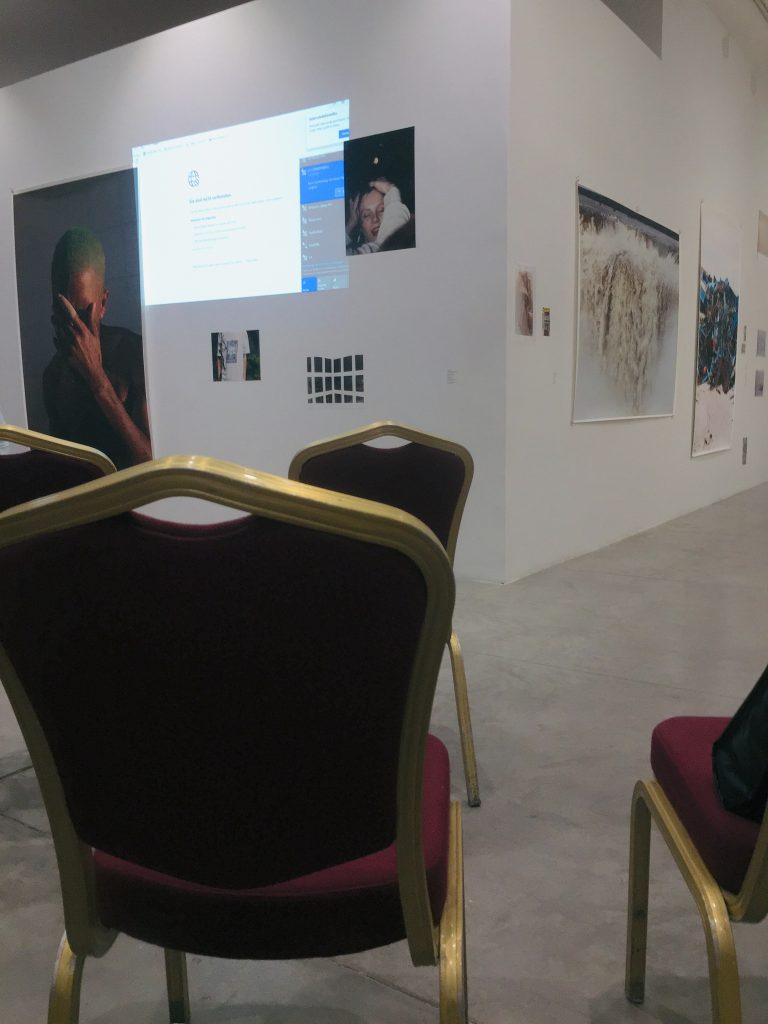
Finally, we must mention the spiritual value of art. As long as there has been humankind, there has been spirituality. We seek a meditative or transcendental experience, a time of spiritual disdain or contemplation.
This isn’t always obvious, though, in a secularized and demystified worldview. Through art, where one can either lose themselves in their emotions or encounter the sublime, we discover a comparable personal experience.
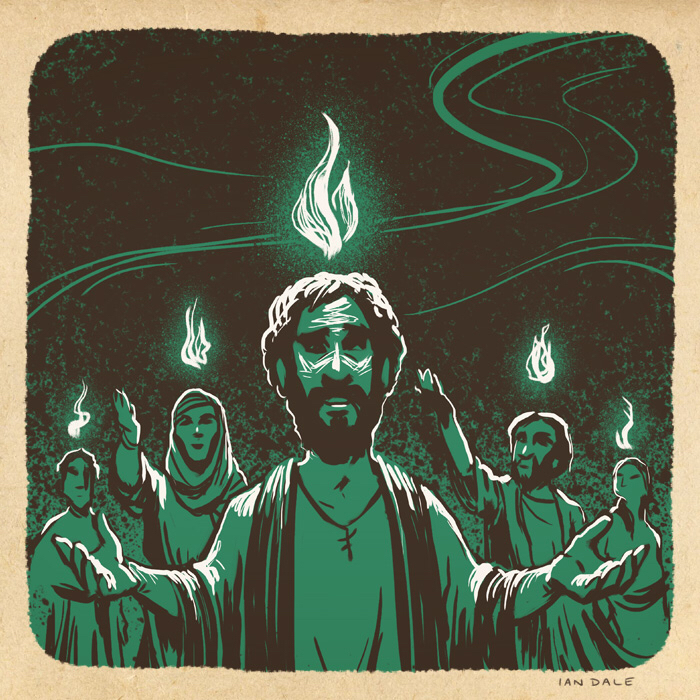
Art has always had a spiritual component to it; if you stop to think about it, you’ll notice that humans behave similarly in museums and churches.
We observe the sacred things, which are the artworks on display, in silence and tranquility. Thank you for reading.




